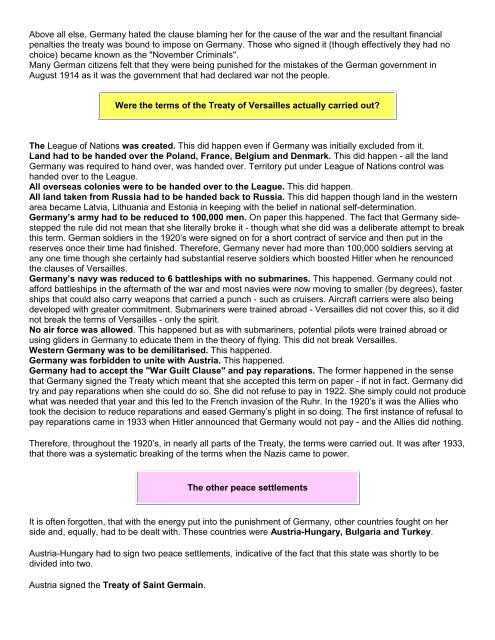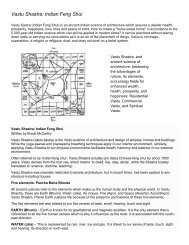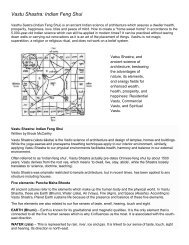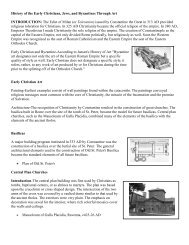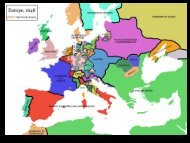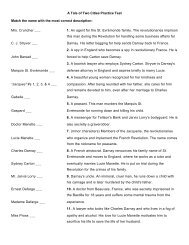end of WW1.pdf - DMHScommunity
end of WW1.pdf - DMHScommunity
end of WW1.pdf - DMHScommunity
You also want an ePaper? Increase the reach of your titles
YUMPU automatically turns print PDFs into web optimized ePapers that Google loves.
Above all else, Germany hated the clause blaming her for the cause <strong>of</strong> the war and the resultant financialpenalties the treaty was bound to impose on Germany. Those who signed it (though effectively they had nochoice) became known as the "November Criminals".Many German citizens felt that they were being punished for the mistakes <strong>of</strong> the German government inAugust 1914 as it was the government that had declared war not the people.Were the terms <strong>of</strong> the Treaty <strong>of</strong> Versailles actually carried out?The League <strong>of</strong> Nations was created. This did happen even if Germany was initially excluded from it.Land had to be handed over the Poland, France, Belgium and Denmark. This did happen - all the landGermany was required to hand over, was handed over. Territory put under League <strong>of</strong> Nations control washanded over to the League.All overseas colonies were to be handed over to the League. This did happen.All land taken from Russia had to be handed back to Russia. This did happen though land in the westernarea became Latvia, Lithuania and Estonia in keeping with the belief in national self-determination.Germany’s army had to be reduced to 100,000 men. On paper this happened. The fact that Germany sidesteppedthe rule did not mean that she literally broke it - though what she did was a deliberate attempt to breakthis term. German soldiers in the 1920’s were signed on for a short contract <strong>of</strong> service and then put in thereserves once their time had finished. Therefore, Germany never had more than 100,000 soldiers serving atany one time though she certainly had substantial reserve soldiers which boosted Hitler when he renouncedthe clauses <strong>of</strong> Versailles.Germany’s navy was reduced to 6 battleships with no submarines. This happened. Germany could notafford battleships in the aftermath <strong>of</strong> the war and most navies were now moving to smaller (by degrees), fasterships that could also carry weapons that carried a punch - such as cruisers. Aircraft carriers were also beingdeveloped with greater commitment. Submariners were trained abroad - Versailles did not cover this, so it didnot break the terms <strong>of</strong> Versailles - only the spirit.No air force was allowed. This happened but as with submariners, potential pilots were trained abroad orusing gliders in Germany to educate them in the theory <strong>of</strong> flying. This did not break Versailles.Western Germany was to be demilitarised. This happened.Germany was forbidden to unite with Austria. This happened.Germany had to accept the "War Guilt Clause" and pay reparations. The former happened in the sensethat Germany signed the Treaty which meant that she accepted this term on paper - if not in fact. Germany didtry and pay reparations when she could do so. She did not refuse to pay in 1922. She simply could not producewhat was needed that year and this led to the French invasion <strong>of</strong> the Ruhr. In the 1920’s it was the Allies whotook the decision to reduce reparations and eased Germany’s plight in so doing. The first instance <strong>of</strong> refusal topay reparations came in 1933 when Hitler announced that Germany would not pay - and the Allies did nothing.Therefore, throughout the 1920’s, in nearly all parts <strong>of</strong> the Treaty, the terms were carried out. It was after 1933,that there was a systematic breaking <strong>of</strong> the terms when the Nazis came to power.The other peace settlementsIt is <strong>of</strong>ten forgotten, that with the energy put into the punishment <strong>of</strong> Germany, other countries fought on herside and, equally, had to be dealt with. These countries were Austria-Hungary, Bulgaria and Turkey.Austria-Hungary had to sign two peace settlements, indicative <strong>of</strong> the fact that this state was shortly to bedivided into two.Austria signed the Treaty <strong>of</strong> Saint Germain.


